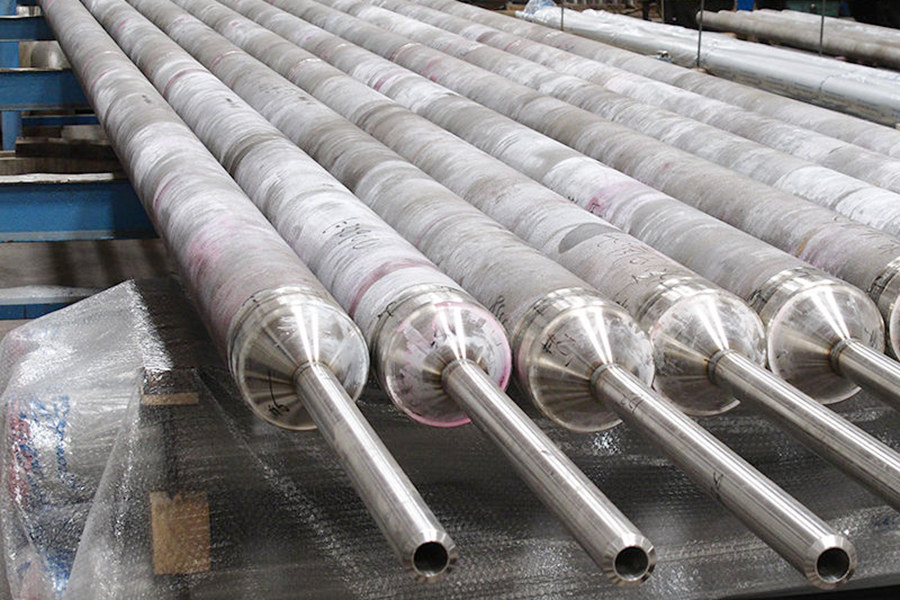Jiakaicheng Wealth Center, Financial Third Street, Jiangsu Province, China
Home > Products >
Steam Reforming Furnace Tube
Critical for hydrogen production and ammonia synthesis.
Material: Centrifugally cast 25Cr35NiNb/MA956.
- Order phone:+86-13814203326
- E-mail:chao@ytbst.com
Detail
Steam reforming furnace tubes are critical components in hydrogen production processes. Below is an overview of their materials, production methods, applicable standards, and performance features:
Key Specifications:
High-temperature strength (up to 1150°C) for ethylene and propylene production.
OD Range: 80–400 mm | Wall Thickness: 10–50 mm | Length: Up to 12 m
Carburization Resistance: <1.5% carbon penetration after 50,000 hours at 1100°C
Materials:
Steam reforming furnace tubes are made of high-alloy materials to withstand extreme operating conditions. Common materials include:
- Iron-Chromium-Nickel Alloys: Such as 25Cr/20Ni (HK-40) and 25Cr/35Ni (HP-40), which provide excellent mechanical strength and corrosion resistance at high temperatures.
- Modified Alloys: Enhanced with elements like Nb, Ti, Si, and rare earth elements to improve creep resistance and carburization resistance.
Production Methods
The production methods for steam reforming furnace tubes include:
1. Centrifugal Casting: This method ensures a uniform austenitic microstructure, providing good mechanical strength and creep resistance.
2. Static Casting: Used for complex shapes and components.
3. Forging: Improves mechanical properties through forging processes.
4. Welding: Used for joining tube sections and accessories.
Applicable Standards
Steam reforming furnace tubes are manufactured following various international and national standards to ensure reliability and safety:
- International Standards:
- ISO 16111:201: Transportable gas storage devices - Hydrogen absorbed in reversible metal hydride.
- ASTM A608/A608M: For iron-chromium-nickel high-alloy tubes in high-temperature pressure applications, covering chemical composition, mechanical properties, and testing.
- European Standards:
- EN 17533:2020: Gaseous hydrogen - Cylinders and tubes for stationary storage.
- EN 17339:2020: Transportable gas cylinders - Fully wrapped carbon composite cylinders and tubes for hydrogen.
- American Standards:
- ASME B31.12: Hydrogen Piping and Pipelines.
- NFPA 52: Vehicular Gaseous Fuel Systems Code.
Performance Features
Steam reforming furnace tubes are designed to deliver exceptional performance in extreme operating conditions. Key performance features include:
1. High-Temperature Resistance: Capable of withstanding temperatures exceeding 800-1000°C.
2.Creep Resistance: High resistance to deformation under prolonged stress at elevated temperatures.
3.Corrosion Resistance: Excellent resistance to carburization and other corrosive environments.
4. Mechanical Strength: High tensile strength and ductility, ensuring durability under extreme pressure conditions.
5. Long Service Life: Designed for extended operational life with minimal maintenance.
These features make steam reforming furnace tubes essential for efficient and safe hydrogen production in various industrial applications.



